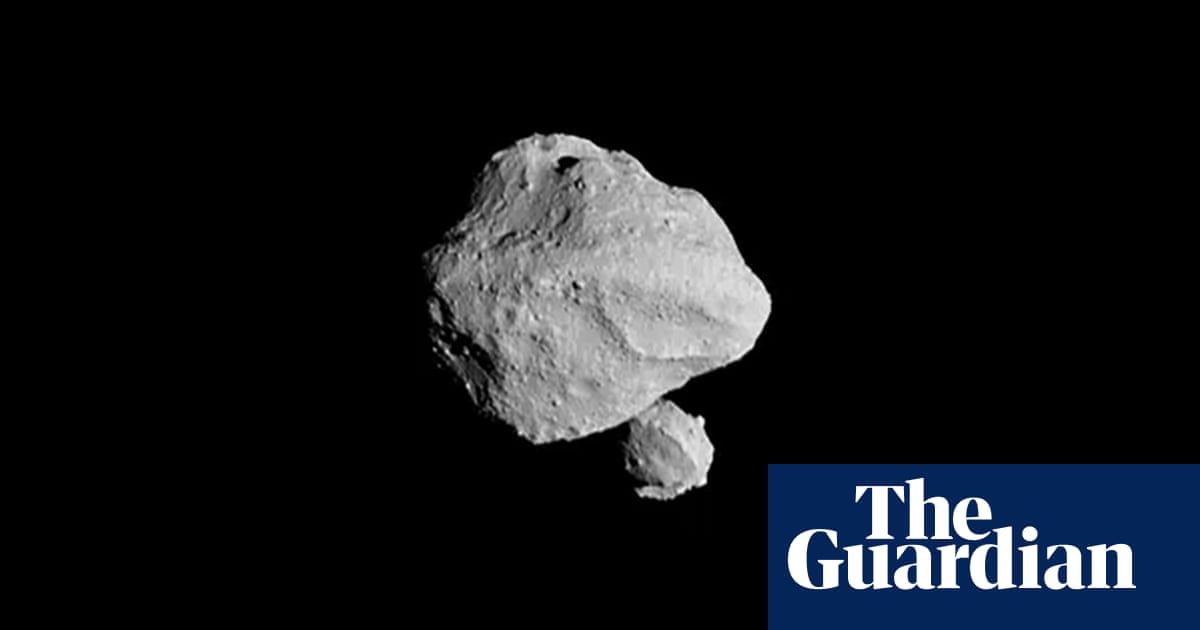
The largest moon in the solar system was struck by an ancient asteroid 20 times bigger than the rock that clattered into Earth and ended the reign of the dinosaurs 66m years ago, research suggests.
The devastating impact took place 4bn years ago and caused Ganymede, one of nearly 100 known moons of Jupiter, to spin around such that the impact crater faces almost directly away from the gas giant.
According to computer models, the asteroid was most likely 185 miles across and struck at an angle of 60-90 degrees. The impact created an initial crater up to 1,000 miles wide that was partly filled in as rock and dust knocked out by the collision fell back down.
Dr Naoyuki Hirata, a planetary scientist at Kobe University in Japan, said distinctive furrows that cover the surface of Ganymede had long been considered remnants of multiple concentric rings created by the giant asteroid impact. But it was unclear how big the impact was and what effect it had on the Jovian moon, he said.
Writing in Scientific Reports, Hirata describes how the centre of the furrow system points almost directly away from Jupiter. That could occur if the asteroid that struck Ganymede added extra weight to the impact zone, destabilising the moon and causing it to swing around on its axis.
Hirata’s computer simulations confirm that may have been the case, with an asteroid thumping into Ganymede, causing it to swivel such that the impact site is always on the moon’s far side. Like the Earth’s moon, Ganymede is tidally locked to Jupiter, meaning it constantly shows the same face to the gas giant.
The impact would have had dramatic implications for Ganymede, which at more than 3,000 miles wide is bigger than Mercury. It would have “completely removed the original surface”, Hirata said, and affected the moon’s interior, which scientists believe contains a hidden saltwater ocean.
Hirata cannot rule out alternative explanations but further evidence for or against his theory may come from the European Space Agency’s Juice probe, which set course last year for Jupiter and its moons. As part of its mission, the spacecraft will look for pockets of water and sources of energy essential for life on the Jovian moons.
Prof Leigh Fletcher, a planetary scientist at the University of Leicester, said the ancient terrains on Jupiter’s moons bore witness to billions of years of bombardment, which could still be seen today. “Making sense of all those overlapping events on satellite surfaces is challenging,” he said. “This is a neat attempt to rewind the clock via computer simulations, searching for an explanation for the distribution of scars across Ganymede.”
The Juice mission was well equipped to explore Ganymede further, he added. “Not only will it produce the best images of the surface fracturing ever obtained, but any remnants of this impact and reorientation, in Ganymede’s shape or gravity field, could be explored by Juice’s suite of instruments,” Fletcher said. “The Juice observations will provide excellent new constraints on this ‘impact and reorientation’ hypothesis.”












